Egg Retrieval After Hysterectomy – One More Chance to Have a Baby
Is it possible to collect eggs after hysterectomy? This question arises for many women who have undergone surgery to remove the uterus but still dream of being a mother. Although the uterus is no longer able to bear a pregnancy, the process of egg retrieval remains possible. How does it work? What are the alternatives for women? If you want to know more about how technology helps to preserve reproductive chances after a hysterectomy, keep reading!
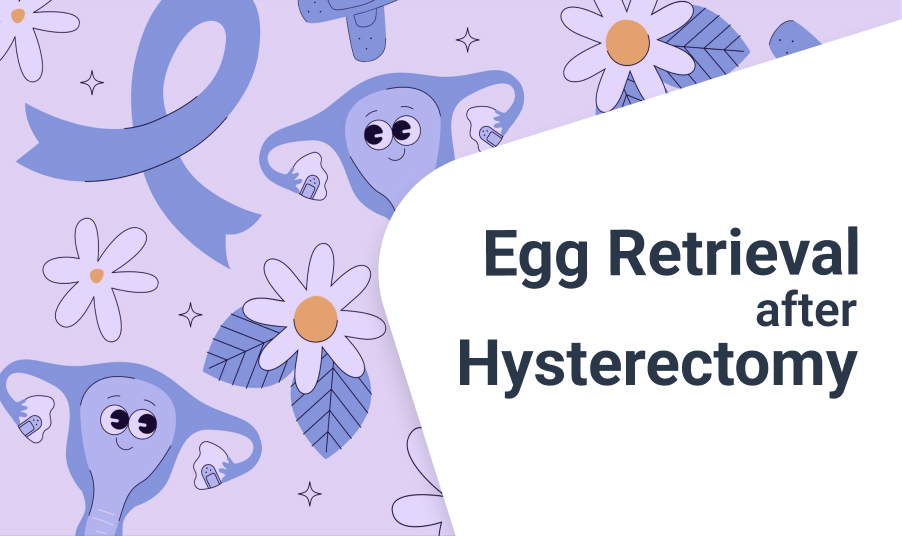
What is a Hysterectomy?
It is a surgical operation to remove the uterus. The uterus can be partially removed (when the cervix is preserved) or completely removed (when the uterus and cervix are removed). Sometimes other organs located nearby may be excised during a hysterectomy. For example, the ovaries or fallopian tubes. It all depends on the surgical conditions.
Hysterectomy becomes necessary in case of certain diseases that cannot be cured by other treatments. Here are the most common reasons why a doctor may recommend a hysterectomy.
Most Common Reasons for Hysterectomy
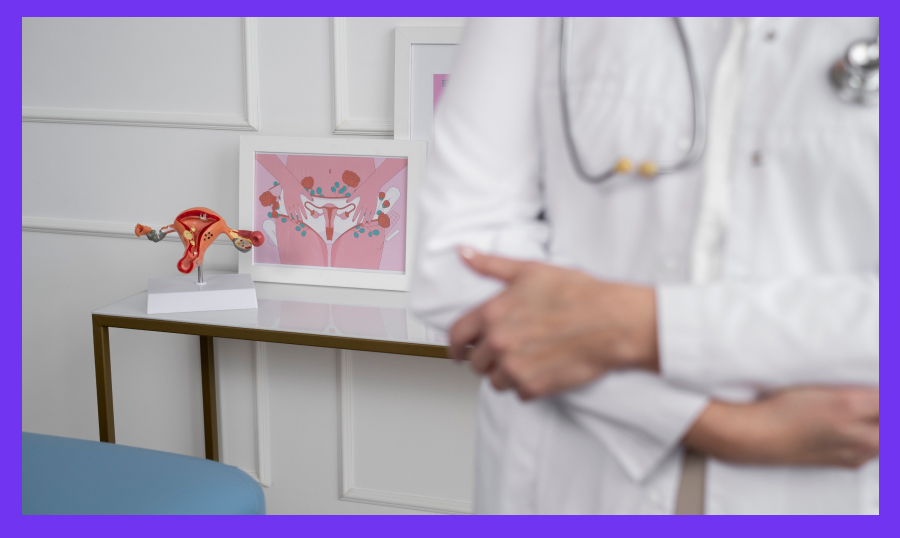
Abnormal menstruation and bleeding
One of the main reasons for hysterectomy is menstrual problems. Abnormal or excessively heavy menstruation is a serious physical and emotional discomfort. Sometimes women suffer from bleeding that doesn’t stop even after taking medications or using hormone therapy. If other treatments don’t help, your doctor may recommend a hysterectomy as the best measure to prevent bleeding.
Cancer of the uterus, cervix, or ovaries
Hysterectomy is the main treatment method in case of diagnosis of cancer of the uterus or other reproductive organs. During the operation, not only the uterus itself but also nearby organs may be removed to prevent the tumor from spreading. If the cancer has limited spread, a hysterectomy significantly increases the chances of successful treatment and recovery.
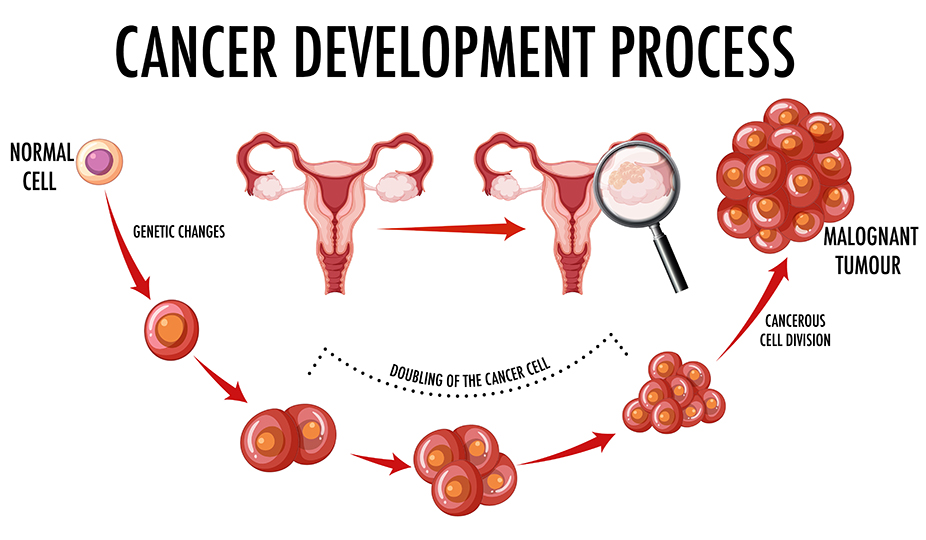
Inflammatory diseases of the pelvic organs
These are infectious processes that affect the uterus, ovaries, fallopian tubes, and other organs in this zone. Chronic infections that cannot be treated with antibiotics and other methods lead to serious complications. These include organ perforation or infection spreading to other body parts. In such cases, hysterectomy is necessary to stop the development of the disease.
Uterine prolapse
This is a condition in which the uterus is displaced from its normal position and partially or completely comes out through the vagina. This is due to the weakening of the muscles that support the uterus in the pelvic region. The prolapse causes heaviness and pain in the pelvic area, difficulty urinating, pain during intercourse, and other unpleasant symptoms. If the symptoms are severe and cannot be treated with other methods, hysterectomy is the most effective way to solve the problem.
Developmental anomalies
Sometimes the uterus causes chronic pain or other problems due to abnormalities in its development. They occur in embryonic development or as a result of complications during childbirth. In such cases, hysterectomy improves the patient’s condition.
But remember, before deciding on the operation, the doctor carefully evaluates all possible treatment options. This important decision has serious health consequences, so it is necessary to discuss all possible risks, benefits, and alternatives. For example, after a hysterectomy, a woman will no longer be able to have children, as the removal of the uterus means loss of fertility.
In addition, some women may experience emotional stress or depression due to the loss of their reproductive organs. Therefore, it is vital to seek support from a doctor and psychologist if you experience emotional or mental disorders after surgery.
What are the Ways of Hysterectomy?
There are several ways to perform a hysterectomy. Each one depends on the patient’s health status and the surgeon’s experience. There are pros and cons to each technique, and the most suitable option needs to be chosen together with your doctor after a detailed examination. So here’s a closer look at each one.
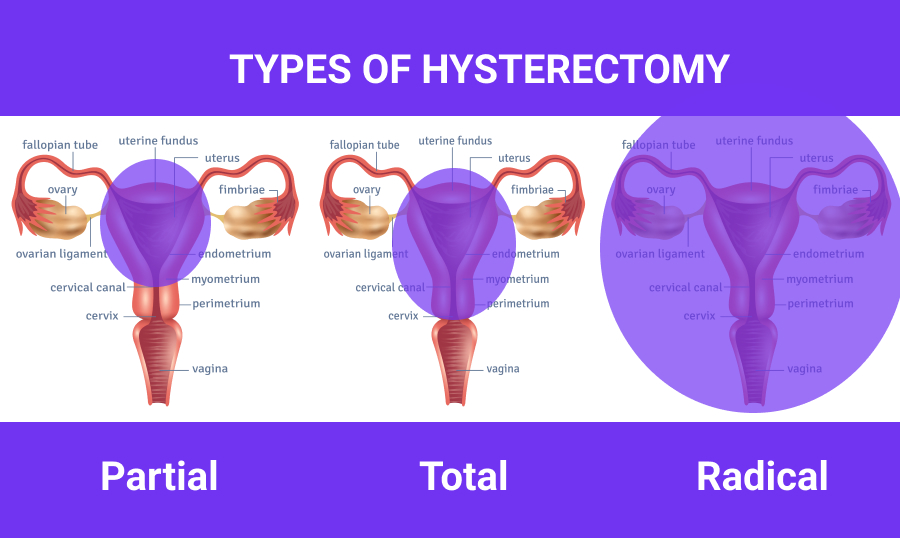
Abdominal
This method involves making a large incision on the front wall of the abdomen. The uterus is removed through this incision along with the surrounding organs, if necessary (ovaries and fallopian tubes). Abdominal hysterectomy is a traditional method for eliminating large fibroids, uterine cancer, anatomical abnormalities, severe inflammatory diseases, bleeding, malignant processes, chronic endometritis, prolapse, presence of infection or abscesses.
Pros:
- suitable for removing large tumors;
- works well for the simultaneous performing of several surgeries.
Cons:
- a longer recovery period;
- higher risk of infection or bleeding.
Vaginal
The operation is performed through the vagina. It ensures less interference with the body and shortens the recovery period. Vaginal hysterectomy is preferred for uterine prolapse if it is not too large, and when the patient has small fibroids or tumors.
Pros:
- no need for an external incision;
- fast recovery time.
Cons:
- limited access makes surgery more difficult in case of complex conditions;
- not suitable for women with previous vaginal problems.
Laparoscopic
This is a less invasive method in which the surgeon makes several small incisions in the abdomen and inserts a camera (laparoscope) and instruments to remove the uterus through them. Laparoscopic hysterectomy is often used for benign tumors and early-stage uterine cancer.
Pros:
- less painful procedure and fast rehabilitation;
- less chance of postoperative complications.
Cons:
- suitable only for certain cases (small uterus);
- technical complexity and the need for highly qualified surgeons.
Robotic
The use of robotic systems helps to perform the operation with high accuracy and minimal intervention. Robotic hysterectomy combines the advantages of laparoscopy and robot technology.
Pros:
- high accuracy and minimal incisions;
- quick recovery, lower risk of complications.
Cons:
- high cost and availability only in specialised clinics;
- long operation time compared to traditional methods.
Combined methods
Sometimes surgeons use a combination of several approaches depending on the circumstances. For example, a vaginal hysterectomy can be combined with a laparoscopic method to achieve better results in difficult cases. This method suits large fibroids and uterine cancer with damage to surrounding tissue.
Pros:
- depending on the situation, the advantages of each method are used (for example, vaginal access with laparoscopy);
- provides better results in difficult cases.
Cons:
- long operation time;
- more qualified surgeons and additional equipment are required.
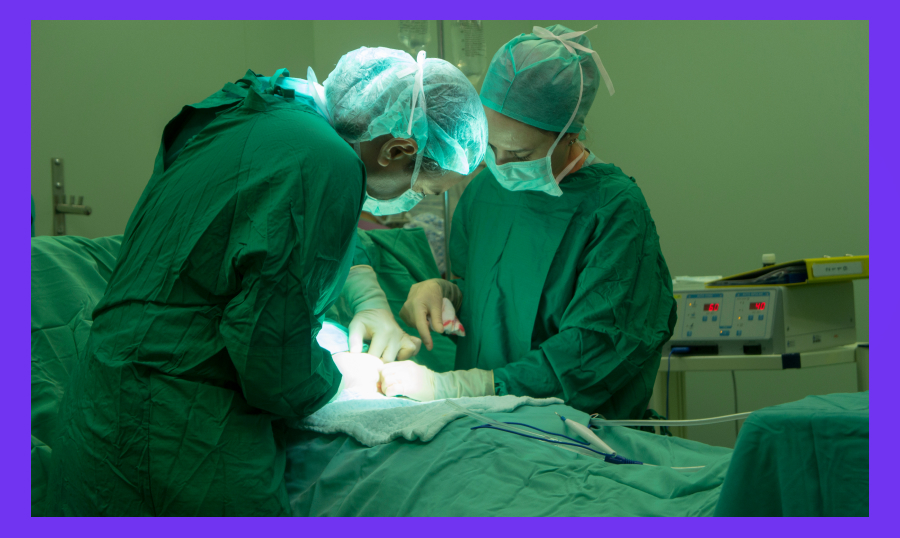
How Does Hysterectomy Affect a Woman’s Reproductive Function?
The impact depends on whether the ovaries were removed. If the ovaries are preserved, the hormonal balance remains unchanged. What happens with eggs after hysterectomy? The ovaries produce eggs and hormones, including estrogen and progesterone. In this case, a woman has a chance to avoid early menopause.
However, if the ovaries were removed during surgery, this leads to immediate menopause. There are changes in hormone levels, as well as symptoms such as hot flashes, mood changes, and vaginal dryness.
Hysterectomy also affects a woman’s sexual health. In some cases, patients experience changes in their sex life due to the physical or emotional impact of the surgery. This includes feeling dry or painful during sex, as well as a decrease in sexual desire caused by psychological stress or hormonal changes.
The psychological aspect is also crucial: some women may feel a loss of identity because of the inability to have children. It leads to depression or anxiety.
Despite these consequences, egg retrieval after hysterectomy is possible, giving a woman a chance to become a biological mother for a baby.
Special Points of Egg Retrieval After Hysterectomy
Egg retrieval is a significant procedure in the process of assisted reproductive technologies, such as in vitro fertilization (IVF). However, egg retrieval after hysterectomy has some unique challenges that need to be considered when planning treatment.
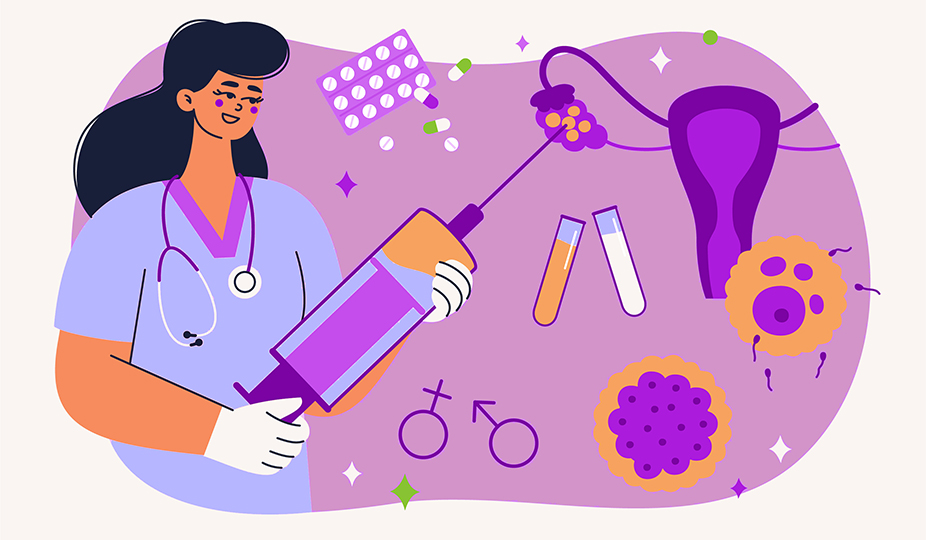
Fertility preservation
Depending on whether the ovaries remain, fertility can be preserved or impaired:
- Ovarian preservation. A woman retains the ability to ovulate and retrieve eggs. It allows the egg retrieval procedure to be used for further processing in IVF.
- Ovaries removal. A woman’s reproductive function is completely lost. In this case, eggs for IVF can only be obtained from donor ovaries.
Preparation for egg retrieval after hysterectomy
Before the procedure, it is necessary to conduct a thorough examination to assess the condition of the ovaries and hormone levels. It helps doctors decide whether it is possible to stimulate ovulation and determine the best treatment methods.
- Ultrasound examination. An ultrasound examination of the pelvic organs is necessary to determine the size and condition of the ovaries. The doctor understands whether the ovaries are capable of normal functioning.
- Hormone tests. An essential step is assessing estrogen, progesterone, follicle-stimulating hormone (FSH), and luteinizing hormone (LH). Increased FSH levels may indicate decreased ovarian function, while normal hormone levels show preserved fertility.
- Medication stimulation. If the ovaries are functioning properly, a woman will be prescribed hormonal stimulation to promote the development of multiple follicles (eggs) at the same time. Doing so enables the retrieval of more eggs for subsequent fertilization.
Egg retrieval procedure
The procedure is usually performed 10-14 days after the start of hormonal stimulation. This process includes several stages:
- Egg retrieval. It is usually performed under general or local anesthesia. Using a thin needle through the vaginal wall, a specialist takes eggs from the ovarian follicles. The procedure takes 20 to 30 minutes.
- Possible difficulties. Women after hysterectomy may have some complications with access to the ovaries, as pelvic surgery can change their position or structure. It requires additional attention and skill from the doctor to avoid damage to nearby organs.
Ways to Become a Mother After Hysterectomy
A hysterectomy deprives a woman of the ability to naturally conceive and bear a child. But there are alternatives to becoming a mom even after such an operation.
Surrogate Motherhood
Surrogacy is one of the most common ways to become a mother after a hysterectomy. It’s a process where a surrogate mother carries a child for another woman or couple. In this case, the mother’s egg or a donor one is used. After fertilization, the embryos are transferred to the surrogate mother’s uterus, who carries the child until birth. Surrogacy allows having a biological child even if their uterus has been removed.
Using a Donor Egg

This is suitable for women who cannot use their own eggs due to premature menopause or other medical problems. In this case, a donor egg is fertilized using IVF. This method enables women to have a biologically related baby.

Uterine Transplantation (an emerging method)
This is another new and promising method, although not very common. The operation involves transplanting the uterus of a healthy woman to a patient who has no uterus because of a hysterectomy or congenital anomalies. The transplantation enables a woman to become pregnant, carry a child, and give birth to it. However, it is a complicated and expensive process that is still under development in many countries.
To Summarize
After a hysterectomy, the uterus, unfortunately, is no longer able to take an embryo and support a pregnancy. But it doesn’t mean that the chances of motherhood are lost. In many cases, the eggs are preserved, and this makes it possible to perform what is known as egg retrieval. This procedure involves obtaining eggs for further freezing. This is the perfect method for fertilization in the future, as it involves in vitro fertilization (IVF) or egg donation.
What matters to know? Your fertility isn’t guaranteed to be completely lost! Even if you have already undergone a hysterectomy, this is not the last step. Thanks to medical advances, you can consult reproductive specialists to find the best ways to become a mother. There are also options through the use of donor eggs or surrogacy. This is, of course, a complex and emotionally important process, but it gives you a chance to realize motherhood even after a hysterectomy.